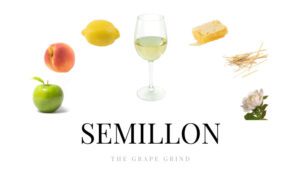
Semillon
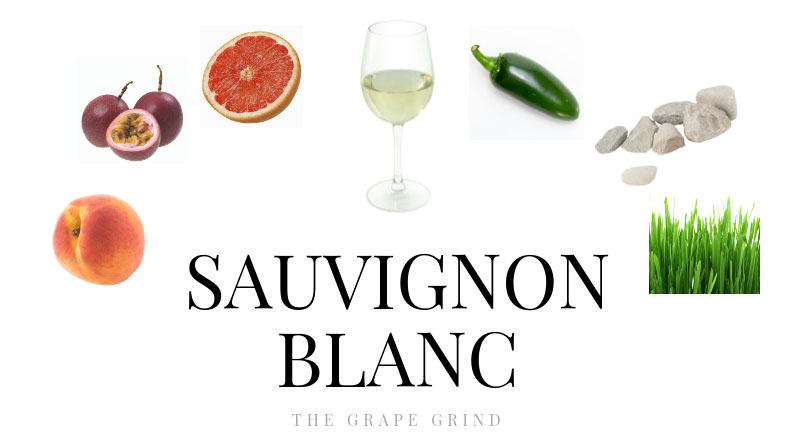
Sauvignon Blanc is a white wine variety known for its zesty acidity, vibrant citrus, and herbal aromatics. It was probably the variety that got me into wine in the first place (after all the boxed stuff I had in college). I had a wine epiphany sitting at a bar at my husband’s (at the time boyfriend’s) holiday party years ago. I was drinking a glass of Kim Crawford and my thoughts as I drank it were probably something like “This is all I want to drink for the rest of my life”. I have more recently delved into some crisp and fresh examples from other regions such as Napa, Bordeaux, The Loire, and Chile, among others. Sauvignon Blanc is fantastic in the summer, but I’ll take a glass all year round. It’s one of the most expressive white grapes in the world, and for many, one of the easiest to recognize in a blind tasting!
A few more notes on Sauvignon Blanc:
The following guide will illustrate what Sauvignon Blanc tastes like (aroma, flavor, and structure). It will also tell you where it’s from, provide you with common food pairings, similar varieties, and show you why it’s one of the most refreshing and fascinating white wines you can pour into a glass!
With its naturally high acidity, this wine is bright, refreshing, and hits the spot on a nice sunny day.
Sauvignon Blanc has a very clean aroma. Some people relate the smell to fresh cut grass. Add some citrus notes, and it’s as fresh as you can get!
Not only does the color hint at green, but the aromas and flavors are usually herbal and sometimes vegetal!
STANDARD TASTING NOTES: These are your benchmark exam-style tasting notes.
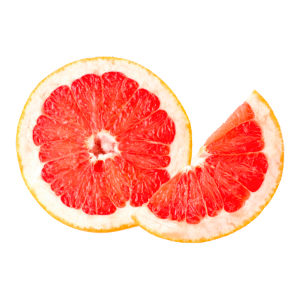
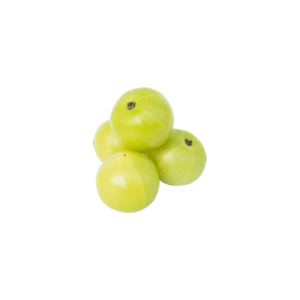
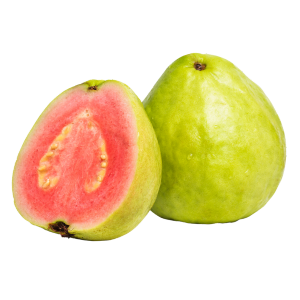
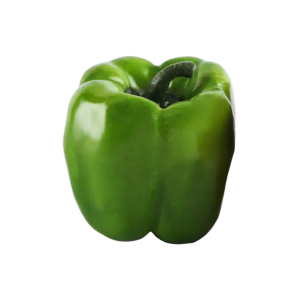
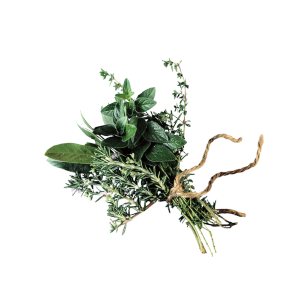
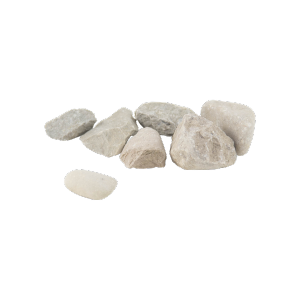
ALTERNATIVE TASTING NOTES: Notes based on personal experience; fun, memorable, and less “by the book.”
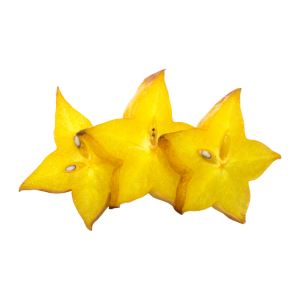
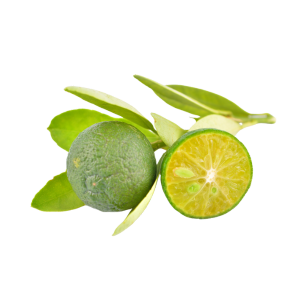
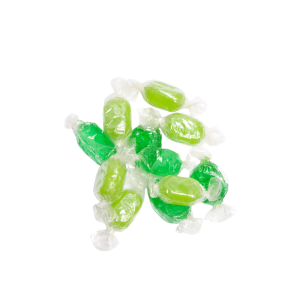
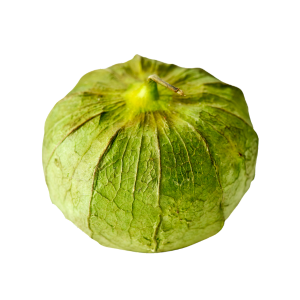
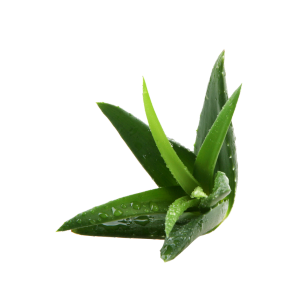
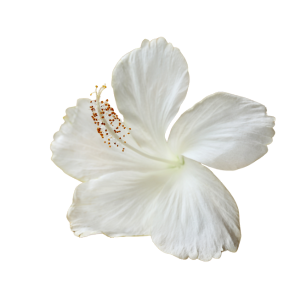
Many of Sauvignon Blanc’s signature aromas come from naturally occurring compounds in the grape and from reactions during fermentation.
Pyrazines (found naturally in the grape) create those green, herbaceous notes like bell pepper, grass, and fresh-cut herbs.
Reductive winemaking (a style that minimizes oxygen exposure) is common in Sauvignon Blanc to preserve freshness and bright fruit aromas. It typically involves cool, slow fermentations in stainless steel or closed tanks and can also develop during lees aging. This style often highlights crisp, mineral-driven notes such as struck match, gunflint, or leafy tones.
Thiols (form during fermentation) contribute vivid fruit and tropical aromas such as grapefruit, passion fruit, gooseberry, and elderflower.
Esters (develop during fermentation) especially at cooler temperatures, bringing lifted fruity and floral notes like apple, peach, and citrus blossom.
When oak is used, lactones can add softer tones of cream, vanilla, or gentle spice.
Remember, wine tastes can also be personal! There may be some different tasting notes you consistently find while drinking Sauvignon Blanc. I encourage you to take note of what stands out each time you taste!
There is no “one size fits all” when it comes to structure for every grape, however, there IS a general range when it comes to body, acid, alcohol, and tannin for each. Below are general guidelines for classic representations. Growing conditions and winemaking techniques can impact each of the following.
Think of that weight as a liquid scale, from water (light body) to heavy cream (full body) in your mouth. Sauvignon Blanc is pretty balanced with medium to medium plus body!

You can judge acidity based on whether your mouth waters after you take a sip of something. The more you salivate, the higher the acid. Sauvignon Blanc is pretty high on the acid scale.

You can feel alcohol ‘burn’ the back of your throat when you take a sip. Sauvignon Blanc ranges from medium to medium plus.


Primarily in Marlborough
This is the major white varietal from this region. It’s the grape that put New Zealand on the map as a wine-producing country. It’s also typically what most people are looking for when they want a glass of Sauvignon Blanc. The signature flavors of grapefruit, tropical fruit, and grassiness are often found in these wines. making them super bright and energetic. Sauvignon Blanc from here is almost never oaked, so you get really clean and refreshing fruit flavors!
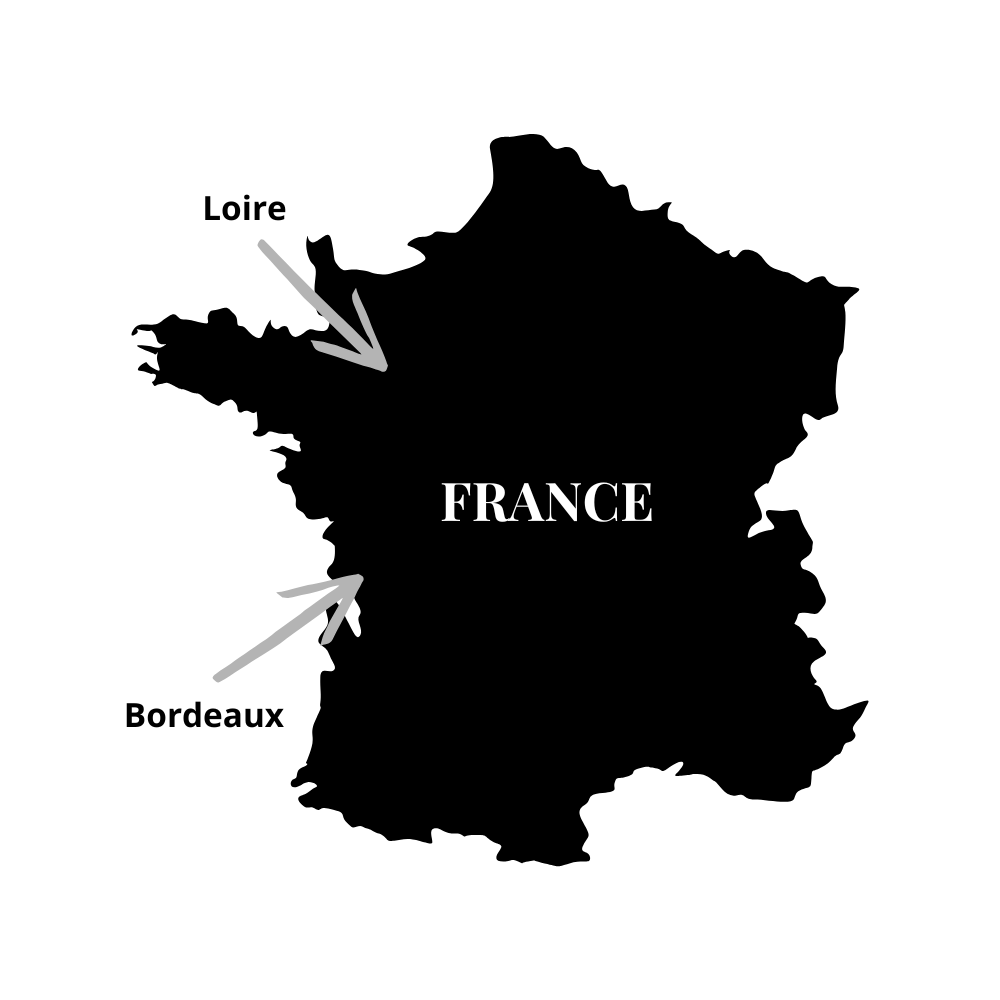
Primarily in Bordeaux and The Loire Valley (Sancerre and Pouilly Fume)
White Bordeaux is almost always going to be Sauvignon Blanc and/or Semillon, which is generally a blending grape that softens Sauvignon Blanc’s acidity and sometimes bitter flavors. These wines can be either incredible and age-worthy or merely acceptable in quality. Many higher-quality examples are oaked, and have flavors of riper peach, tropical fruits, and even fig.
The Loire Valley produces very fresh styles typically made in stainless steel vs oak. Sancerre and Pouilly Fume which have similar flavors of tart citrus, green apple, white peach, with higher acid and fresh minerality. I have found Pouilly Fume to be a bit more soft and smoky.
You can also find wonderful Sauvignon Blanc from The USA (California), Italy, Chile, South Africa, and Australia.
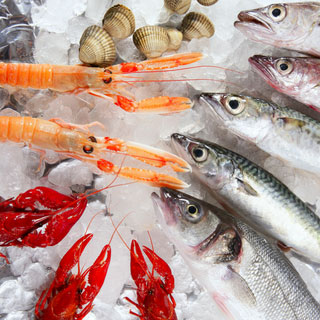
Lighter-bodied wines and seafood are usually a great match. Sauvignon Blanc has good minerality and a good amount of acid, which cuts through the salt and oil that’s found in a lot of seafood dishes. The lemony flavors that accompany most seafood dishes are also flavors found in the wine.
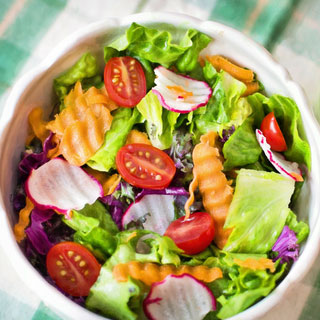
Sauvignon Blanc is a white wine that can stand up to most salads (few wines can do this). The high acid and citrus flavors complement the tart and usually citrus notes in salad dressings. There are also plenty of vegetal and herbal flavors in Sauvignon Blanc, which allow it to stand up to most salads.
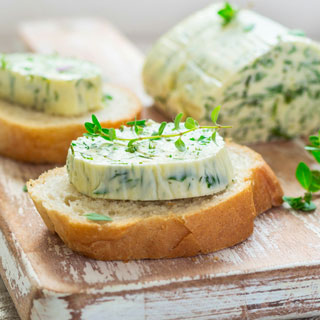
Because the French made it a thing! …No, really, goat cheese and Sauvignon Blanc are a match made in heaven. You’ll just have to try this one. Good acidity is also a factor behind this delightful pairing, cutting through the cream!
Bonus points for herbed goat cheese.
(common confusions)
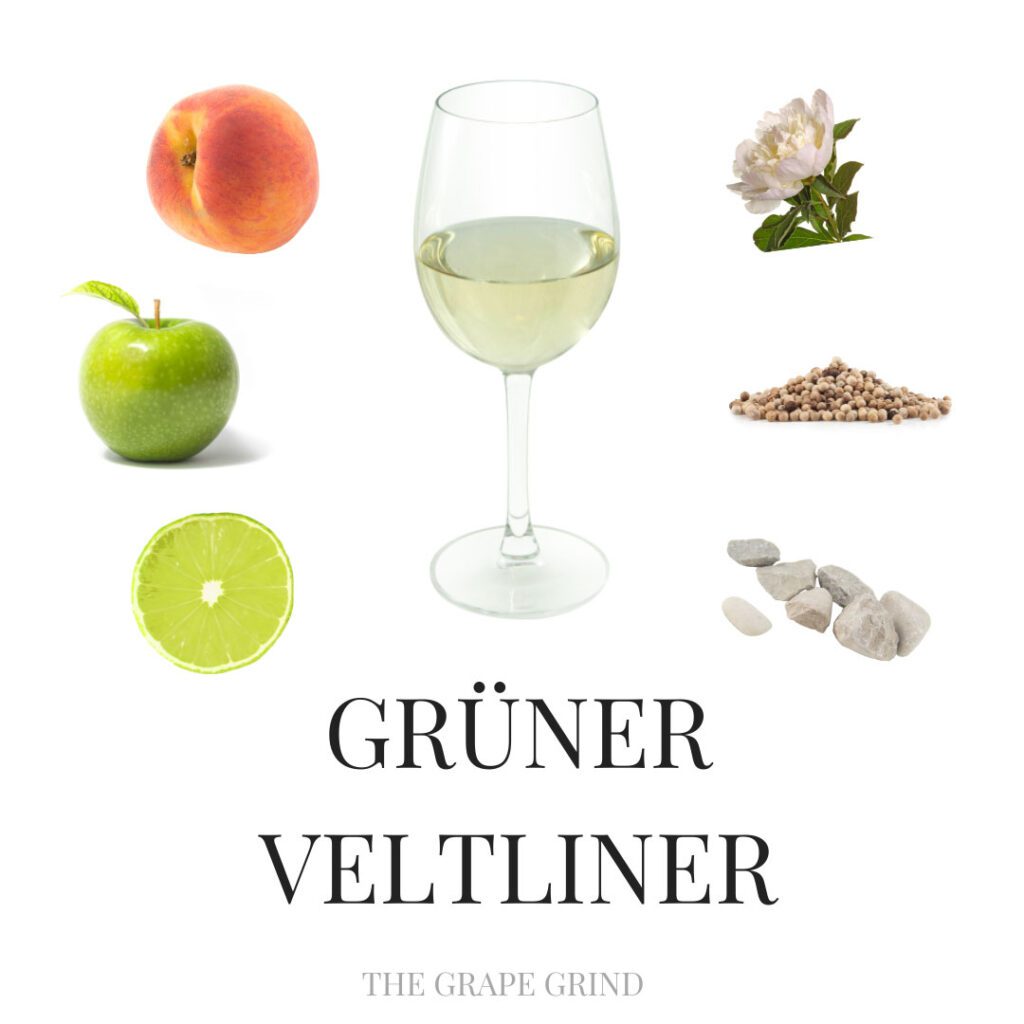
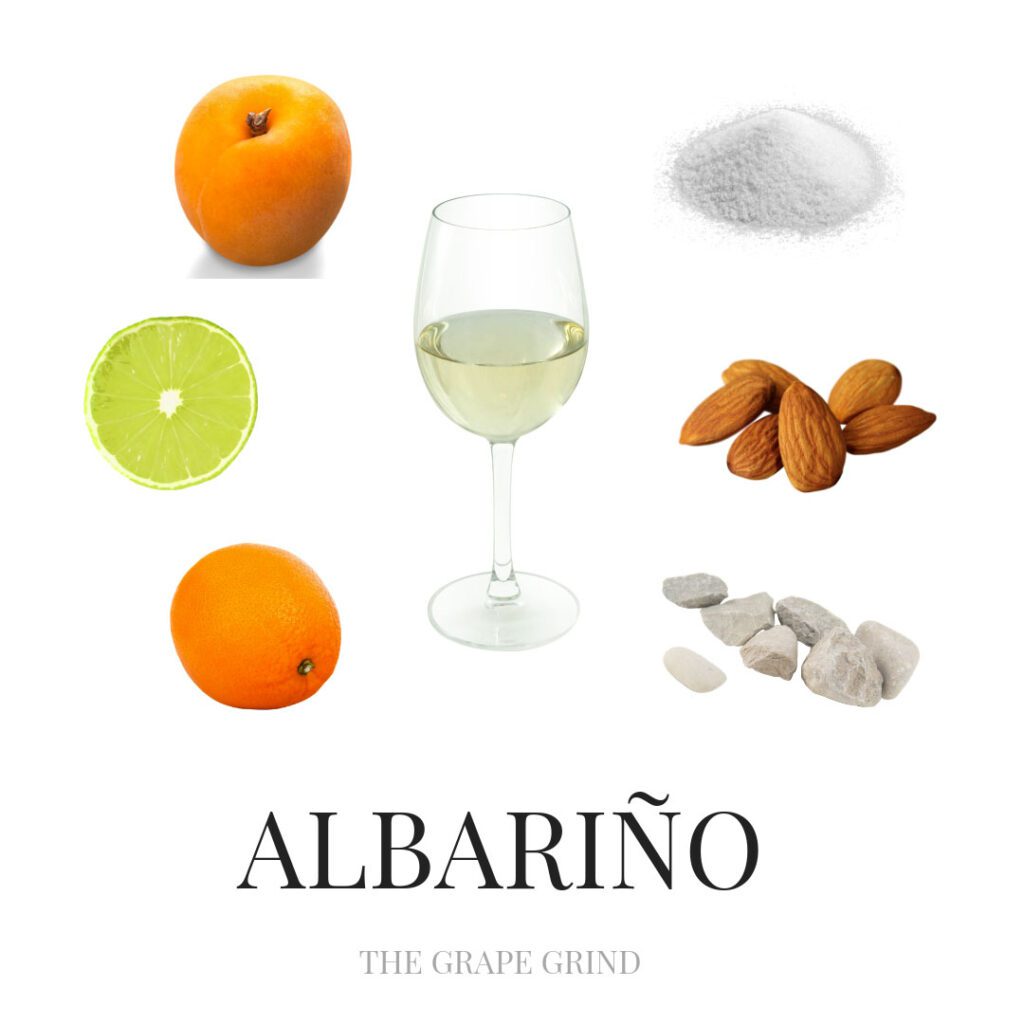
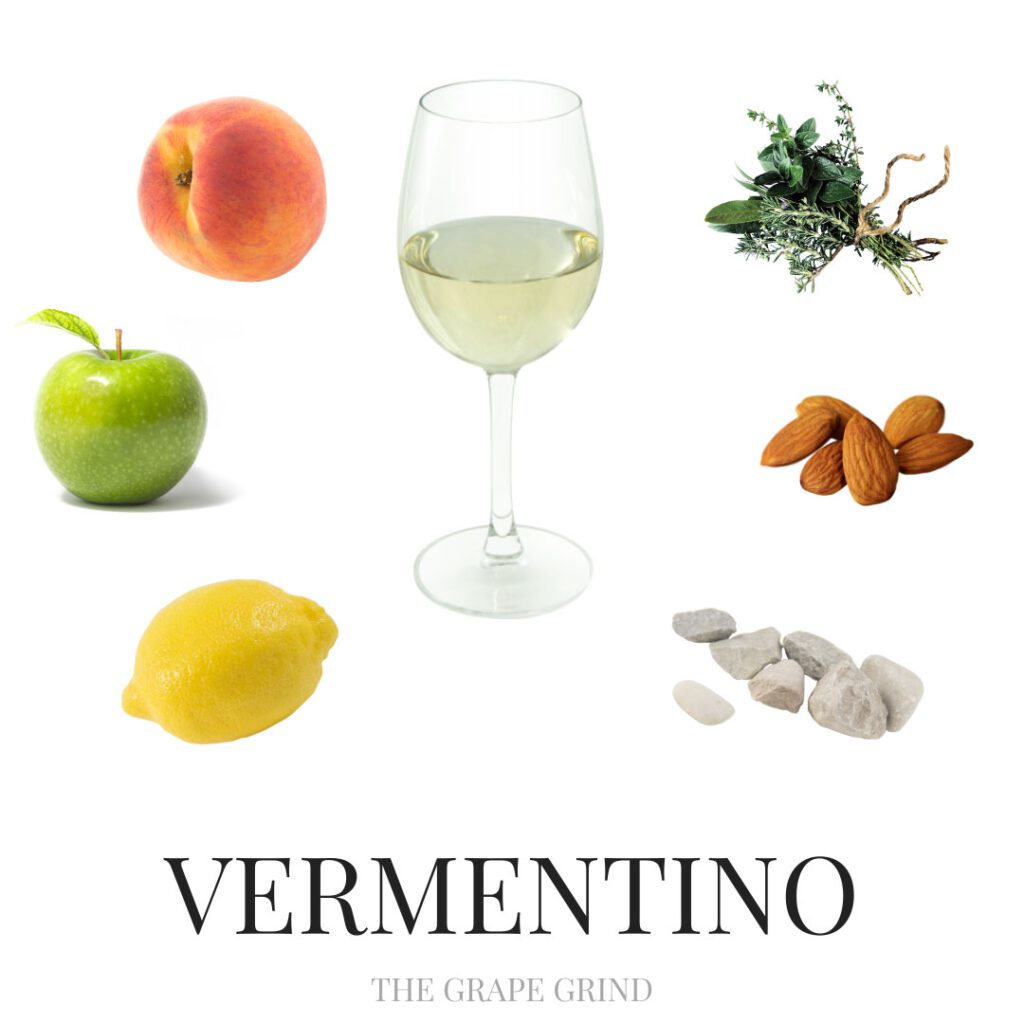
↑ Wine.com is an affiliate partner. We earn a small referral commission at no extra cost to you!. I will never recommend anything that isn’t valuable or useful in my wine study journey, or something I have no experience with. I hope these products/resources are equally helpful in your wine journey.
No matter your current skill level, we can help you improve – pass that exam, share your wine knowledge with others, guide your buyers, enhance your guests’ experience, and show up with confidence and credibility as a wine professional!
Want to get better at tasting wine?